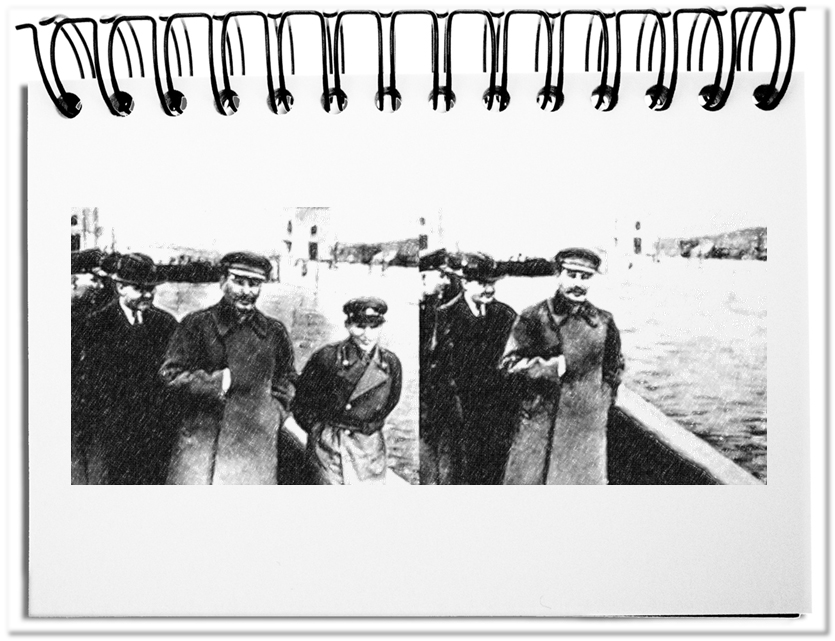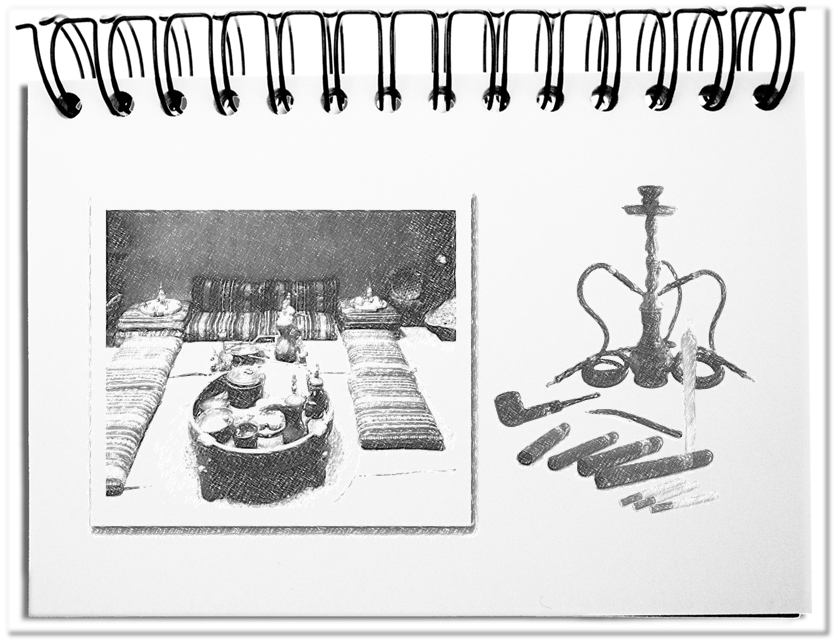For good reason have religions the tendency of demonizing pictures. The faith is threatened by information. Figurative representations have the strength to convince people that what they see is the reality. It began with symbols and drawings, which were painted on the wall in the darkest corners of caves, probably by torchlight. It continued with depictions of gods and holy stories, which could only be seen at magic locations. Then the painting entered the private households. Since each picture was an original piece of art, only a few people could afford this luxury. With the printer press and the photography all people could benefit from this new look at the world. Eventually picture and tone became easily receivable for many people with the film and television. In parallel the conviction evolved that what you see actually is – “Seeing is believing”.
The picture is however determined by conditions, which prevent that you really get a look at the reality. The three following aspects play thereby a large role.
- Image composition
A photo squeezes the motives from its multisensual world into a two-dimensional frame. Outside of the image margin, on the right or the left, above or below, is no component of the picture and thus invisible. The use of a wide-angle lens tears relationships apart. The telephoto compresses distributed objects and produces the impression of proximity. The film type (black-and-white or color) produces additional tendencies. The appropriate orange hue creates the impression of the seventies. In the end the picture maker does not show the reality, but he produces it with its formal possibilities. - Context
The environment, where the picture is presented, creates additional meaning. The image of a driving tank in an article about the invasion in a country or in a report on liberating a region elicits a corresponding impression. Although it is the same photo, it is evaluated differently. Similar motives are likewise differently interpreted. A group of people, who walk a dirt road with suit-cases and children by the hand, can awaken different feelings – depending on whether they are refugees from Syria or the former GDR. - Censorship
At the end the control bodies of a country or a newspaper determine, what you van see – or not. As soon as a decision is required for a publication, the monitoring begins. The criteria does not matter thereby, since the decision gets removed from the potential viewers – for reasons of picture quality (e.g. awkward perspective or blurring), missing importance of the photo, assumed lack of interest, or to hide undesired facts, like critical points of view, messages, or truths. The censorship is already accepted practice. It starts with the rules for good journalism and certainly does not end with embedded journalists, who report on a military action – nobody is irritated by the influence of the military on the publication.
The changeability of pictures is not an achievement of today’s Photoshop age. Pictures were always falsified. The illustration shows for example, how Stalin dealt with comrades, who were fallen in disgrace. He simply let them retouch from the pictures. The media suggests neutrality, if it speaks of the filter bubble and populist reporting. If you look and listen closer, then you hear the tendentious tone in each newscast. So-called neutral fact checking does not help any more.
Bottom line: What you see in a photo is always the result of filtering one or several aspects. This happens consciously or unconsciously, with the best hidden agenda or bad-willingly, supporting or obstructing the viewer. In any case filters are impacting, which falsify the reality. In changing a well-known saying: One cannot not falsify pictures. An indicator, which can only be checked with difficulty, is the origin of pictures – if you can find it. Thus, there is no reason to believe something, as soon as you see it.


